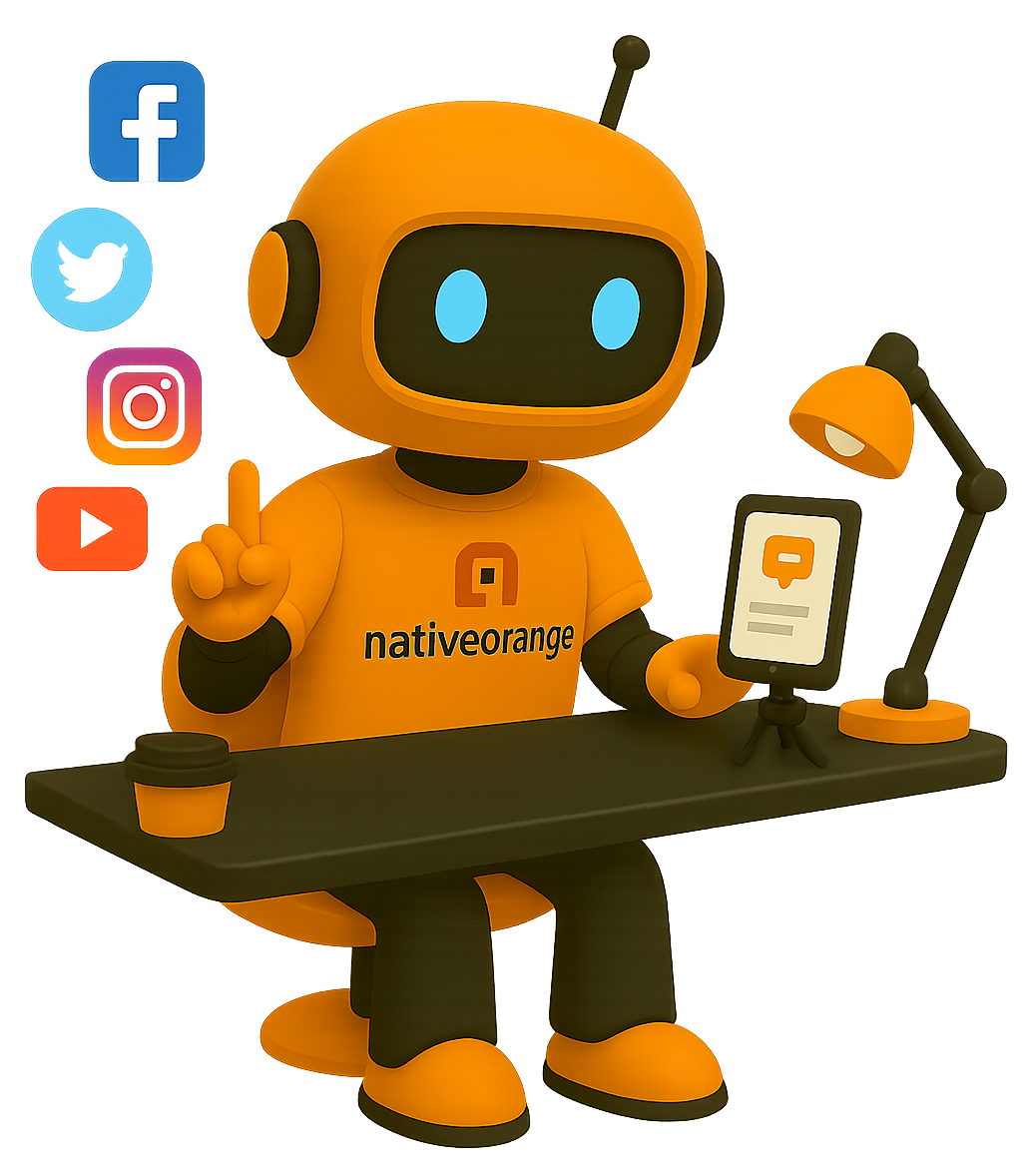The promise of Agentic AI in commercial insurance is intoxicating. Imagine autonomous digital agents handling submission triage, optimizing claim reserves, or even dynamically adjusting policy terms. This isn't science fiction; it's the near future, and its transformative potential is undeniable.
However, as someone who has spent decades in the trenches of insurance technology, I can tell you that every revolutionary path is fraught with hidden dangers. The journey to Agentic AI is not a smooth highway; it's a minefield. Unwary carriers risk not just financial loss, but significant reputational damage and regulatory penalties.
My aim here is to illuminate these landmines, offering a pragmatic guide for senior leaders on how to navigate this landscape safely and strategically.
The 'Shiny Object Syndrome' Landmine (Underestimating Integration)
The first and most common mistake is treating Agentic AI as a standalone magic box. A vendor demonstrates an impressive, isolated capability, and it's easy to get swept up in the excitement. But AI, particularly Agentic AI that needs to act on information, is only as valuable as its ability to integrate seamlessly with your existing operational fabric.
I’ve seen carriers invest millions in cutting-edge AI that ultimately becomes an 'AI island.' It can perform brilliant analyses, but because it can't easily connect with Guidewire for policy issuance, Duck Creek for billing, or your legacy claims system, its insights remain trapped. This forces manual re-entry, introduces errors, and creates more friction than it solves. The result? Frustrated employees, delayed processes, and a solution that fails to deliver ROI. Your Agentic AI must be a bridge, not a barrier, built to operate within your established ecosystem.
The 'Black Box' Landmine (Lack of Explainability and Control)
In a highly regulated industry like insurance, a lack of explainability in an AI system isn't just an inconvenience; it's a deal-breaker. When an Agentic AI recommends a premium adjustment, flags a fraud risk, or even denies a claim, you must be able to explain how it arrived at that decision.
The 'black box' problem—where AI models are so complex that even their creators can't fully articulate their decision-making process—is a ticking time bomb. Regulators, auditors, and even customers will demand transparency. How do you defend a claim denial or an underwriting decision if your AI can't provide a clear, auditable trail?
Furthermore, you need control. Can you implement a 'kill switch' if an Agentic AI goes rogue or begins to exhibit unintended bias? Can you easily modify its behavior based on new regulations or evolving risk appetites? If your partner can't provide clear answers and demonstrable capabilities in explainability and governance, you're not building a solution; you're inviting significant regulatory and E&O risk.
The 'Set It and Forget It' Landmine (Ignoring Continuous Monitoring and Drift)
Unlike traditional software, AI models are not static. They are built on data, and the world—and your data—is constantly changing. This leads to what we call 'model drift.' Market conditions shift, new risks emerge, customer behaviors evolve, and even internal process changes can cause your Agentic AI's performance to degrade over time.
Relying on an Agentic AI solution without robust, continuous monitoring and retraining is like navigating a ship without a compass. What happens when an automated underwriting agent, once highly accurate, subtly starts mispricing risk due to unmonitored market shifts? Undetected errors will compound, leading to adverse selection, increased loss ratios, or missed opportunities. Your strategy must include a comprehensive framework for real-time performance tracking, scheduled recalibrations, and a clear process for human intervention when necessary.
The 'Talent Trap' Landmine (Underinvesting in Internal Capabilities)
It’s tempting to think you can simply outsource your entire AI strategy. While a strong technology partner is crucial, underinvesting in internal AI literacy is a critical misstep. You cannot outsource strategic thinking, risk assessment, or the nuanced understanding of how AI truly impacts your unique business processes.
Your teams—from underwriting to claims to IT—need to understand the fundamentals of Agentic AI. This doesn't mean everyone needs to be a data scientist. It means fostering an environment where business analysts can translate operational needs into AI requirements, where product owners can manage the evolution of AI features, and where risk and compliance teams can effectively govern these new capabilities. Upskilling your existing talent and strategically hiring AI-savvy business and technical leaders is paramount. Without this internal foundation, even the best external solution will fail to thrive.
Conclusion: Ambition and Pragmatism for a Competitive Edge
The path to Agentic AI is undeniably transformative, but it is also laden with potential pitfalls. As leaders, our role is to approach this revolution with both ambition and pragmatism.
By proactively addressing these landmines—focusing on seamless integration, demanding explainability and control, implementing continuous monitoring, and investing in internal capabilities—you can navigate this complex terrain successfully.
Embrace Agentic AI with clear eyes and a structured approach to secure not just efficiency gains, but a durable competitive advantage in the commercial insurance market of tomorrow.

